The contemporary world that forwards technology with precision protocols of communication and is built largely upon transceivers that are auxiliary to high speed data transmission processes. Remarkably engaging programmed devices such as optical transceivers have radically altered the dimension over which information is relayed considering the ever growing need for bandwidth, low latency, and extensibility. This paper explains Optical Transceivers in detail with focus on its key devices, fiber optic technology and its transcend wide applications. This will help network engineers, IT professionals or others build requisite understanding for critical devices and adapt to changes on our communication infrastructure.
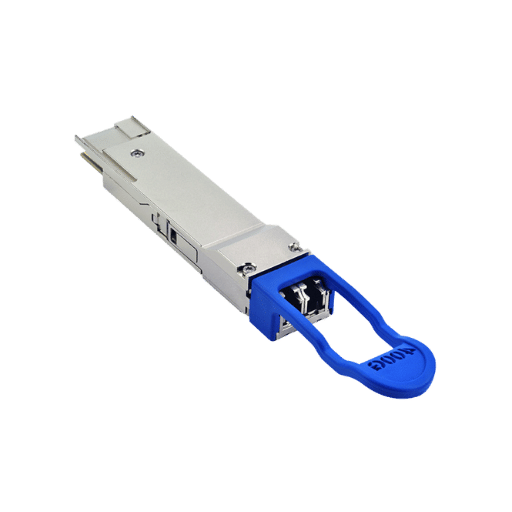
The term ‘Optical Transceiver’ refers to any device built to interface with fiber optics on both its ends. For it to function, an optical transceiver first transforms electrical signals to optical signals. The optical signals are thereafter transmitted through the fiber optic cables at a chosen distance. The process is reversed on reception. The construct uses two fundamental features: a powerful transmitter in the form of a laser and a reactive receiver, here called a photodiode. In general and for best performance, Optical Transceivers are built in a manner to guarantee efficient data transfer over broader networks while supporting long distances communication. The modular construction of optical transceivers allows for easy replacement due to failure or change of interest areas. All of these features, coupled with their versatility, make Optical Transceivers crucial for modern telecommunication systems.
The conversion of data into light begins with an electrical signal that possesses digitized information. The signal gets inputted into the transmitter of the optical transceiver whose light pulse is produced by a laser diode that converts the actual data into light pulses. The light pulses represent binary data through “on,” and “off” sequences. These pulses are subsequently focused into an optical fiber where efficient and rapid long distance data transmission occurs, as these pulses travel in the form of light waves to the receiver on the other end of the fiber.
A wide variety of fields, particularly those of telecommunications and computer networking, depend greatly on transceivers as key elements in the infrastructure of those fields. Transceivers are installed in great numbers in data centers to allow transfer of data between servers, storage arrays, and network switches at a very high rate. Optical transceivers also support an ever-increasing need for cloud computing and low latency services. In today’s optical networks these devices allow data transfer of up to 400 Gbps, and increasingly more.
Furthermore, they connect core regions within the ISP networks that utilize metro, long-haul, and submarine communication links. With these transceivers, internet along with telecom service providers are able to deliver reliable connectivity through great distances without compromising the quality of bandwidth and signal. Emerging transceiver applications with 5G infrastructure also utilize optical unit in order to provide ultra-fast communication with low lags between base stations and core networks.
Other industries like finance, healthcare, or even big corporations make use of optical transceivers and their reliable private networks for additional data security and faster than light data streams. As mentioned in multiple reports, the global optical unit market was valued at over $7 billion recently and its scope is expected to grow significantly with the pace of technologies like Artificial Intelligence, Internet of Things and edge computing. Undeniably, those units are the most versatile devices here in shaping the digital infrastructure of the world.
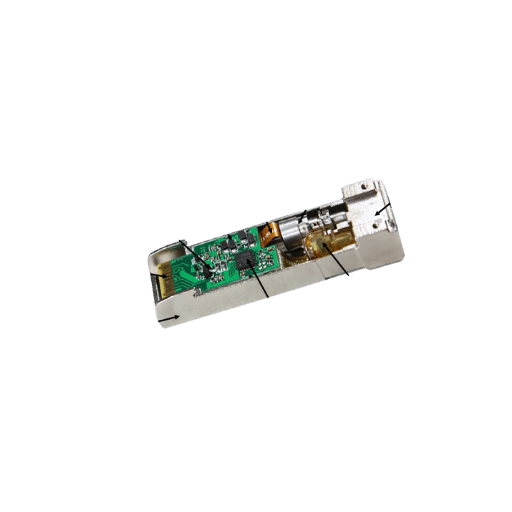
A SFP module is a miniature and hot-swappable transceiver that is used for data communications. Unlike other types of network connectors, SFPs are capable of supporting a number of protocols including Ethernet, Fiber Channel, SONET, etc., thus making them very useful and flexible for the majority of networking needs. These devices are widely used in telecommunication and data center networks as they facilitate the interconnection of optical cables and copper cables. SFP modules have different supported data rates and distances, which allow them to be included in the design of the network without losing performance.
Other transceiver types differ from XFP connectors in physical dimensions, data rates, and scope of use. XFP modules are larger than SFP+ transceivers, but their integration to host board does not require the same level of heat and power. While most SFP+ modules are used in 10 Gbps connections because of their smaller size, XFP are still relied upon for legacy systems. QSFP modules outperform using higher data rates of 40 Gbps or 100 Gbps, making such connectors more appropriate in advanced high performance networks. XFP transceivers are most competent in situations where stable 10 Gbps performance is necessary without major infrastructure enhancements.
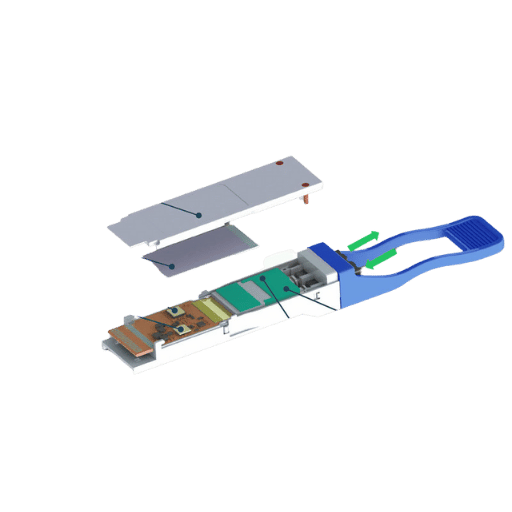
In the networking domain, optical transceivers enhance data transmission efficiency during data communication amongst network devices. Their ability to receive and send data over long distances with minimum delay ensures maximum effectiveness in data centers. For this reason, transceivers have become essential tools because of their ability to enhance data flow processes by converting electrical signals to optical signals and then back to electrical signals. This is crucial in meeting the advanced needs of structured networks in modern economies.
Modern data centers that operate with optical fibers, which are the majority, are now building infrastructure that incorporate high speed transceiver modules to cope with the explosive rise of data traffic. These include the 100G, 200G, and 400G transceivers modules, which are linked to exceptional efficiency because of their capability to support rapid data transfer rates that outperform the engineered business solutions of cloud computing, artificial intelligence, and machine learning. For example, it is expected that the global market for 400G transceivers will surpass three million units by the year 2025 because their use leads to lower energy use and higher productivity.
The proliferation of high-speed modules denotes the achievement of scalability in a data center environment. Such modules employ modern technologies which include PAM4 (Pulse Amplitude Modulation) signaling, which replaces older NRZ (Non-Return to Zero) encoding systems and doubles the potential data transmission accompanying the same physical infrastructure. Additionally, new technologies such as silicon photonics, which integrate both optical and electronic elements onto a single chip to improve efficiency and reduce costs, are fueling innovation.
As a result, high-speed modules can achieve a reduction of economic expenditure per bit of data transmitted while preserving low latency and exceptional reliability. This enables organizational IT infrastructures to be more responsive to the next wave of ultra-connected devices and services, thereby, ensuring data centers are prepared for the future and organization is able to transmit data more efficiently.
Novel trends that advance the integration of technology, sustainability, and systems scalability are defining the future of data center applications. One such trend is the introduction of liquid cooling systems with the aim of improving energy efficiency. Studies suggest that cooling liquids can lower energy consumption in a data center by 40% when compared to traditional air-cooling methods, making them instrumental to controlling operational costs and pursuing sustainability objectives.
Another powerful trend is how Artificial Intelligence (AI) and Machine Learning (ML) are being used in the data center. AI-based tools are being used for optimizing resource distribution, forecasting system malfunctions, and improving cybersecurity measures. For example, AI enabled predictive analysis improves system uptime and overall reliability and performance by 30% on average.
As organizations look to improve localised processing systems and decrease latency, edge computing also works to improve capabilities in data center applications. Edge computing helps in lowering latency by a factor of ten for sensitive computation tasks for things like autonomous vehicles, or real-time analysis as it allows computation to take place closer to the data source.
Shift towards sustainable methods of operation is also being adopted by data center operators. Globally oriented carbon neutrality initiatives have spurred the adoption of other renewables along with solar and wind. Reports estimate that greater than fifty percent of the new data centers under construction are using renewable energy solutions, while others suggest the number is even greater.
The combination of these trends accompanied by 5G advancements as well as an increase in the need for hyper-scale data centers, highlight the changing function of data centers as a fundamental element in the process of digital transformation. Companies adopting these robust and comprehensive approaches are more likely to safeguard their infrastructure for the future and cater to the needs of a progressively interconnected global environment.
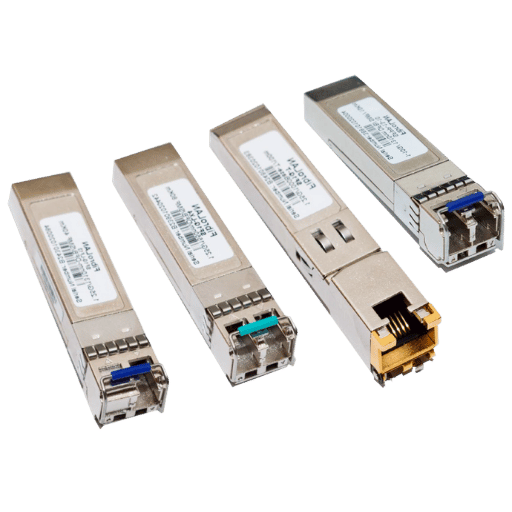
Several well-established manufacturers famous for their inventive and dependable products find themselves at the forefront of the market of optical transceivers. These companies are:
These companies are the most important in the field of telecommunications because they provide advanced solutions in the field for the Great demand of improved and greater data transmission speed requirements.
Major optical transceiver industry players continue to innovate to address the needs of high-speed interconnectivity. For example, Broadcom Inc. has developed new pluggable optics, including 400G and 800G solutions, for hyperscale data centers and large scale network architecture. Cisco Systems, Inc. has worked on backbone coherent optics and the Silicon One architecture, which improves service provider network bandwidth and power efficiency. These innovations enable superior scalability, lower latency, and greater data transmission capabilities for contemporary communication networks.
The economic environment greatly affects the implementation and development of optical communication technology. The increasing number of users, resulting from the expansion of cloud computing, streaming and IoT dependent services, increases the need for rapid and reliable interconnections. Adoption of technology also improves with industry rivalry among established players, which results in novel and less costly approaches. Production and deployment policies shaped by various state regulations as well as global supply chain problems also affect the level of deployment and integration of optical networks. These strategic modules compel the system to further develop for the new digital infrastructure that requires advanced performance from embedded optical technologies.
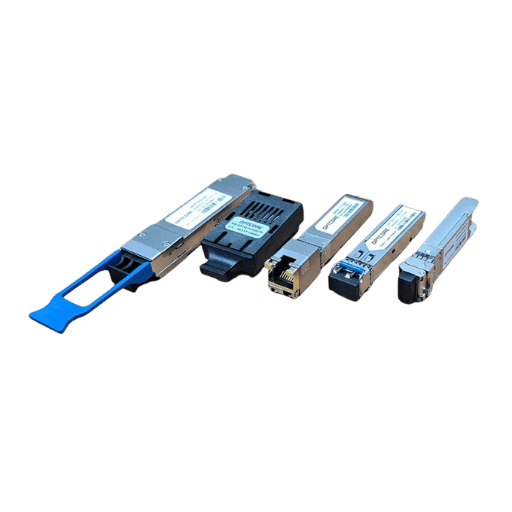
While there are several reasons as to why fiber optic technology is optically indispensable, its primary advantage is its exceptional bandwidth, which allows for the transmission of huge volumes of data at great speed. This is very important for everything from streaming to cloud computing. Fiber optic cables are also powerful because they are more resistant to electromagnetic interference, maintaining signal quality over long distances. On top of this, fiber cables are lightweight, more durable, and more secure than traditional copper wiring, making them less susceptible to signal interception and physical destruction. These benefits put fiber optic technology way above the rest in providing scalable and efficient communication networks.
As described with the help of light signal data transmission, optical fiber cables are important for the efficient transfer of data. They allow for lesser signal loss over longer distances and butter speed and bandwith making them great for high demand multifunctions. The absence of electronically noisy electromagnetic interference allows for the use of optical fiber cables over great distances without compromising performance. With these advantages, it is no wonder that fiber optics is a must have in any communication system nowadays.
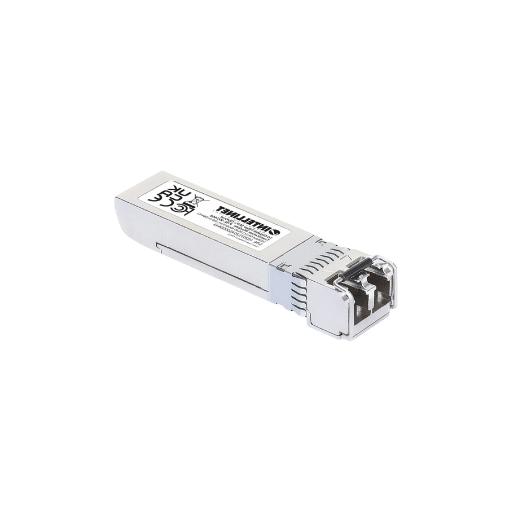
Loss of optical signal is also known as attenuation, and it invariably poses a challenge to the efficiency of data transmission, especially over long distances. This is solved with high-quality optical fibers featuring low attenuation and averagely designed ones where the optical power gets to be spent. Also, using optical amplifiers in regular steps along the transmission path aids in maintaining the signal’s strength. Employing proper splicing methods as well as clean connectors minimizes losses at points of connections. These procedures all together help to make the signal more reliable improving the quality of the network as a whole.
Reliable optical communication calls for addressing several concerns including signal integirty, network layout, and the quality of elements used. The innovation brought about by the use of Dense Wavelength Division Multiplexing (DWDM) greatly helps in optimizing the bandwidth since it makes it possible for several data streams to be sent simultaneously through the same optical fiber. This invention also increases the capability of current networks greatly, and it is done with high dependability.
The optical networks’ functionality is supported further by proper monitoring and testing of procedures within the network. Signal loss is monitored and the OTDR, or Optical Time Domain Reflectometry, is considered one of the main diagnostic devices as it helps find the signal loss’s location, distance, and measure the loss in fiber links. With strong monitoring systems in place, network administrators can address problems immediately, thereby minimizing downtime, which aids in consistent network performance.
According to industry survey reports, the average attenuation rate for an advanced single mode fiber is 0.17 dB per kilometer when functioning at 1550 nanometers. This allows for long-distance signal transmission to take place with no significant deterioration in quality. Moreover, new materials and coatings for fibers have added to their strength, which enables these optical fibers to resist environmental elements such as humidity, abrupt temperature changes, and even mechanical damage.
To handle and manage interruptions caused by fiber cuts, or hardware failures, redundancy protocols, such as ring or mesh topologies, can be implemented in the network design. These configurations automatically reroute traffic to ensure key communication paths are maintained to minimize the chance of disruptions. Coupled with strict quality control during the set up process and continual maintenance, these methods complemented the long term performance of optical communication systems.
Nowadays, the coherent modulation technique is one of the coherent methods where both the phase and the amplitude of the light wave are used to encode the information. In this technique, the data rate is greater elucidate on spectral efficiency. QAM has many other levels in which data hace signal and many other techniques are used in order to make the transmission and QAM more efficient. FEC- Forward Error Correction is one of the many advances integrations to make long distance data transmission lessom imtemporial loss in relation to time over fiber optic systems. All of these change help hardware perform better and making handsets more reliable conclusively with the economies needs higher international speed for communication in data.
A: Transfer and reception of electrical and optical signals as well as their transformation into one another is done by an optical transceiver. It is a crucial component for both the fiber optic communication system and networks. Its central unit is divided into two parts: An optical receiver and transmitter. A fiber optic cable transmits optical signals that form the basis for data. A laser is used by the transmitter to send, while the receiver takes in external optical signals and changes them back to electrical ones. This makes it possible to transmit information over vast distances at high speeds thelbarn fiber optic networks are famous for.
A: There are some other kinds of network transceivers in fiber optics: SFP transceivers, QSFP transceivers, XFP, and CFP. While SFPs are best known for lower data rates, QSPFs are widely used for high, supersized data center applications. Applications depend on the size and data rate capabilities of these components as well as their usefulness, which greatly differs.
A: The data rate of optical transceivers is affected by many factors like the type of optical module, quality of the fiber optic cable, distance of transmission, and specific protocol employed, be it Ethernet or Fibre Channel. Furthermore, the output optical power, receiver sensitivity, and working light’s wavelength may also determine the maximum data rate achievable. Modern transceivers use advanced modulation techniques and better quality components which achieve higher data rates.
A: SFP transceivers are smaller, easily replaceable, and the most commonplace of their type. What sets them apart from other varieties of transceivers is their small size, multifunctional nature, and low power requirements. Normally, SFP transceivers support data rates of 10 Gbps but the smaller SFP plus can support a greater range of speeds. They are used throughout the network in switches, routers, and other appliances for transmission of both short and long distances.
A: Single-mode and multi-mode fibers are two forms of optical fibers used in optical transmission. “Single-mode” refers to a fiber which has a much smaller core diameter and only allows for a single mode of light to propagate within it. This results in lower signal attenuation, and longer transmission distances (up to 100 kilometers or so). Multi-mode fiber has a larger core diameter, allowing multiple modes of light to travel through a fiber, which is suitable for shorter distances, around 2 kilometers, and typically used in local area networks. Whether one chooses single or multi-mode multi fiber is usually determined by the application and required transmission distance of a particular path on the fiber optic cable.
A: Optical transceivers connect computer data storage to the servers by offering high-speed and reliable optical interfaces between storage devices and server systems. The use of optical transceivers allows precise management, backup, and retrieval of information within large-scale storage apothecaries. In SANs, the Fibre Channel protocol, as well as others, can be run over fiber optic cable, actually increasing the transceiver’s speed. Optical transceivers provide and guarantee low latency and high bandwidth, which is key for current data centers that require the use of SANs because they move data faster than ever before.
A: The combination of the growing need for high-speed data communication, the development of cloud services and data centers, and the implementation of 5G networks is fueling the expansion of the optical transceiver market. The growth is also due to the increasing bandwidth requirements in telecommunication and enterprise networks, along with IoT devices. Furthermore, enhanced technology for optical modules with higher energy efficiency and lower dimensions have made optical transceivers more cost effective for an ever-growing range of applications.